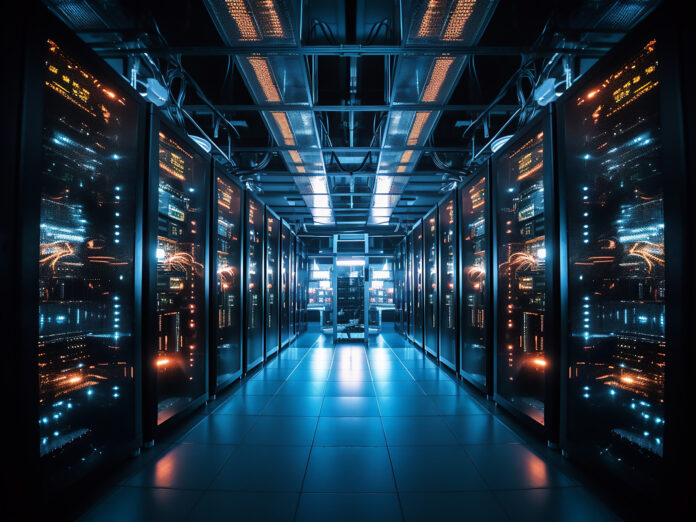The Adani Group is said to be evaluating sites for two major data centers in India
In sum – what you need to know:
Capex boost – Adani Group plans a $10 billion investment to hit 10 GW in data center capacity.
Smaller cities rise – Tier 2 and 3 cities like Patna and Lucknow gain traction for edge data centers due to cost and demand.
Support grows, hurdles remain – Government incentives are helping, but infrastructure gaps and talent shortages still pose challenges.
Indian conglomerate Adani Group is preparing to inject another $10 billion into India’s data center infrastructure, according to a Bloomberg report.
The move is part of Adani’s broader strategy to capture a rising wave of demand driven by artificial intelligence (AI) applications and business process outsourcing (BPO) services, the report noted.
The Adani Group—which has a diverse footprint spanning diverse sectors such as logistics, energy and infrastructure—is said to be evaluating sites for two major data centers, each projected to have a capacity of around 1 gigawatt.
The report noted that possible locations being considered for these facilities include Andhra Pradesh, Maharashtra, Gujarat and Tamil Nadu.
Looking ahead, the conglomerate reportedly aims to scale its total data center capacity to as much as 10 gigawatts over time, it added.
The Adani Group is also said to be exploring opportunities to work with foreign governments, particularly through intergovernmental agreements. Land acquisition efforts are currently underway to support the data center expansion, according to the report.
This follows an earlier announcement in September 2024, when the group said it would invest $4 billion to grow its data center business in response to surging interest from global tech firms. That effort is spearheaded by Adani ConneX, a joint venture between Adani Enterprises and U.S.-based data center firm EdgeConneX.
At the time, Adani ConneX outlined plans to rapidly increase its capacity from 17 megawatts of live infrastructure and 210 megawatts under construction, to between 1 gigawatt and 1.5 gigawatts over the next one to two years.
Adani Enterprises’ latest annual report identified major hyperscale clients such as Microsoft, Google and Amazon Web Services (AWS) as key customers.
India’s data center landscape is evolving beyond large cities, with Tier 2 and Tier 3 cities becoming crucial growth zones.
Vipul Kumar, VP of edge and network at CtrlS Datacenters, said in a blog post that this shift is driven by rising digital service demand, the need for reduced latency, edge computing growth and supportive government policies. As data consumption increases in smaller towns, decentralized data processing is essential for improved performance and accessibility, he said.
Lower real estate, energy, and labor costs make smaller cities more attractive for investment, he said, adding that companies like CtrlS are already deploying edge data centers in places like Patna and Lucknow, helping meet real-time data demands from sectors like OTT, gaming and AI.
Key government initiatives include RailTel’s plan to establish edge data centers at 102 railway sites and state-level incentives offering subsidies and dual power supply. However, challenges remain. Infrastructure limitations, logistics a lack of skilled workforce, limited local vendor ecosystems, and lower hyperscaler demand can slow progress, he said.
“Overcoming these challenges requires strategic partnerships with local governments and ICT companies to develop sustainable solutions that support long-term datacenter growth,” said Kumar.
“Both central and state governments are playing an instrumental role in fostering a favorable environment for datacenter expansion. Policies offering incentives, tax benefits, and real estate subsidies are encouraging private sector investments in smaller cities,” he added.
Kumar also noted that the decentralization of datacenters into Tier 2 and Tier 3 cities marks a transformative phase in India’s digital landscape. “By fostering a distributed data infrastructure, these cities are emerging as key players in building a more resilient and efficient digital ecosystem. The collaboration between government bodies, private enterprises, and local communities will be essential in unlocking the full potential of these regions. As data-driven industries continue to expand, India’s smaller cities will play a vital role in driving innovation, economic growth, and a digitally empowered future.”

